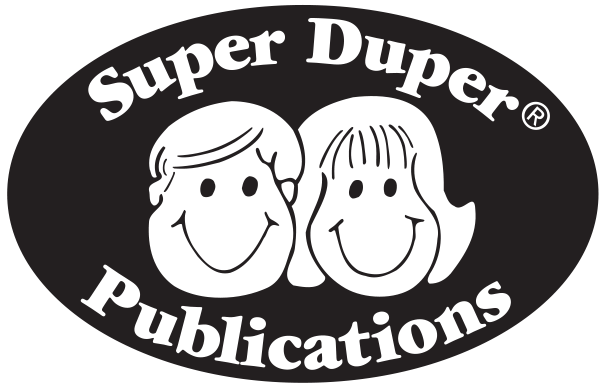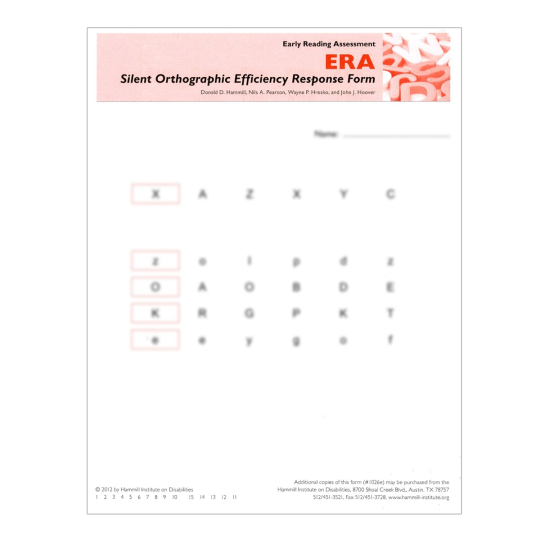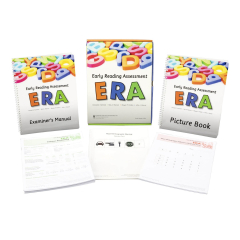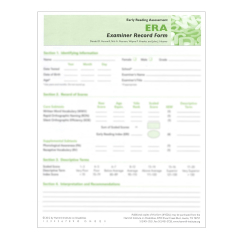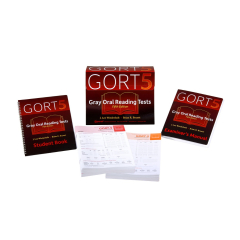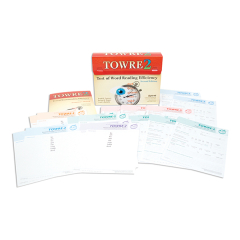ERA SOE Student Record Forms (25)
By Donald D. Hammill, Nils A. Pearson, Wayne P. Hresko, and John J. Hoover
Ages: 4-0 to 7-11
SKU
TMF805
$35.00
25 Silent Orthographic Efficiency Response Forms for the ERA (Early Reading Assessment).
25 Silent Orthographic Efficiency Response Forms for the ERA (Early Reading Assessment).
 FREE SHIPPING over $75
FREE SHIPPING over $75 90-Day Return Policy
90-Day Return Policy We Accept Purchase Orders!
We Accept Purchase Orders!
More Information
| Author(s) | Donald D. Hammill, Nils A. Pearson, Wayne P. Hresko, and John J. Hoover |
|---|---|
| Topic | Reading, Phonological Awareness, Tests, Sight Words, Reading Comprehension |
| Brand | PRO-ED |
More Information
 FREE SHIPPING over $75
FREE SHIPPING over $75 90-Day Return Policy
90-Day Return Policy We Accept Purchase Orders!
We Accept Purchase Orders!
You May Also Like
Check items to add to the cart or
